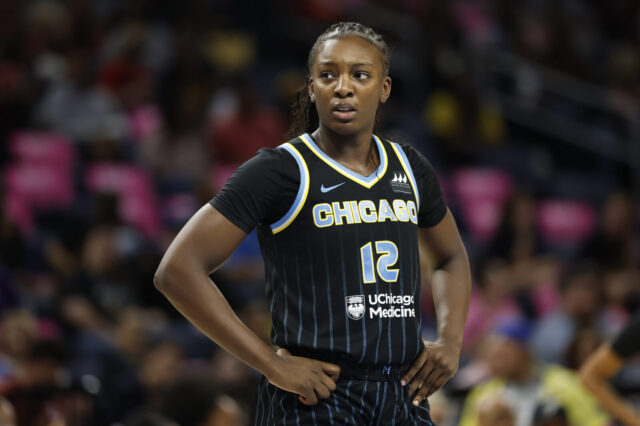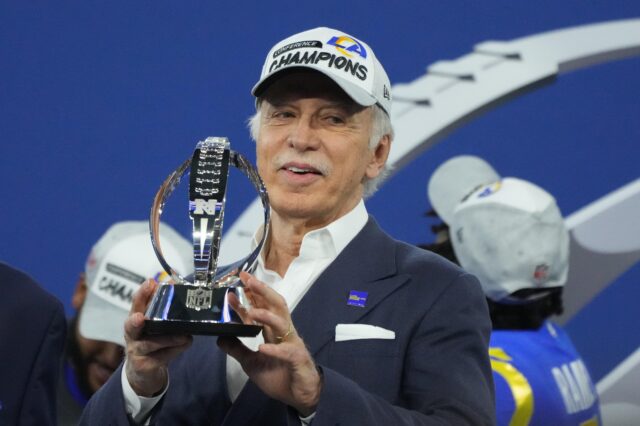The Colorado Rapids surprising and resounding 3-0 victory over the San Jose Earthquakes on May 13 had many fans hailing the new 4-4-2 formation as the solution to the team’s offensive woes. Then, the Rapids promptly followed that performance with a 0-3 defeat at the hands of Bastian Schweinsteiger and the Chicago Fire on May 17. So, what happened?
1) Attacking Aggression
I don’t know if it’s the fact that the Rapids played two games in five days, that Dominique Badji and Alan Gordon needed a day off or the Fire defense was just that good, but the Rapids’ attackers were decidedly lethargic one game after their most-dominant performance of the season. Against the Earthquakes, Shkëlzen Gashi, Badji and Gordon were constantly putting together runs to the goal and Mohammed Saeid’s pace and quickness kept putting the Rapids in scoring situations. Against the Fire, the offensive aggression wasn’t there. Badji pressured the Fire defenders when they had the ball, but his lethal runs to the goal and creative passing around the box was MIA. He was frustrated by the Fire’s defense and vented by committing fouls, one or two of which may have merited yellow cards, but luckily he escaped without official punishment. Gordon failed to put pressure on the Fire defenders when they had possession and rarely made himself a threat to score. He didn’t get many dangerous balls passed his way, but when he did get the ball in the attacking third, it was turned over or misplayed. Oh, and the Rapids put only three shots on goal against the Fire, and two of those were headers directly at the keeper. They have been plagued by low shots on goal all season. The Rapids need aggression from the attacking position if they’re going to turn this season around.
2) Possession
Now, the numbers lie to you in the possession category. The Rapids controlled the ball for only 43 percent of the time in both their win against the Quakes and their loss against the Fire. The big thing here is the type of possession that the Rapids are allowing the other team to have. The Rapids would allow the Quakes to control the ball on their own half of the field, but they would be quick to stomp out any attack that got too close to Tim Howard, and often times they would create a dangerous counter-attack when the Quakes waded too far in. Against the Fire, the Rapids simply could not win the ball when they wanted. The Fire constantly had the ball in the attacking third, and Michael de Leeuw was able to simply have his way, whether that was finding David Accam in the middle or streaking up the side or passing it to Nemanja Nikolic in the middle. There were times during the game against the Fire that Schweinsteiger was toying with the Rapids like a cat toys with a mouse; he would dare them to take away the ball and then snatch it up at the last second and usher it off to a teammate. If the Rapids are to bounce back against the Philadelphia Union on Saturday, they’ll have to do a better job of taking away passes and winning the ball.
3) The Chicago Fire are, well, really good
The Fire are currently in fourth place in the Eastern Conference, trailing third-place Columbus by only one point with a game in hand on. They are 4-2-2 since signing Schweinsteiger. Why is that impressive? Just think back on Saeid’s first few games with the Rapids. It took him a while to gel with the team. That same process has been happening in Chicago, only with stellar results. When a team can bring in a new player that hasn’t ever played with the team and the player can immediately come in and lead the team to success during the transition period, then watch out when the players finally learn each others tendencies. We saw the emergence of the Fire epitomized in their game prior to the tilt against Colorado. They incinerated the defending MLS Cup champion Seattle by a score of 4-1 just four days before they beat the Rapids. The team is on a roll right now, so don’t be too quick to judge the Rapids for their loss. The upcoming match against the Union will be a lot more telling than the loss against the Fire.



